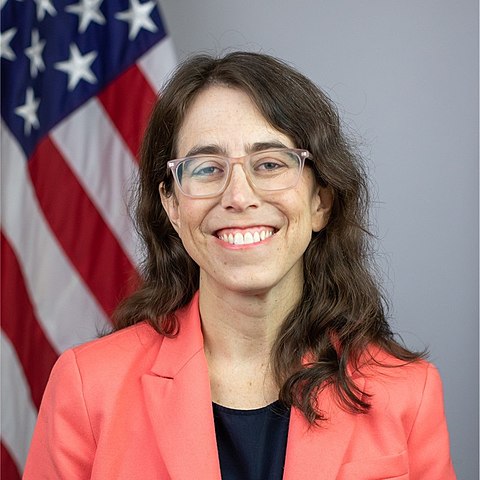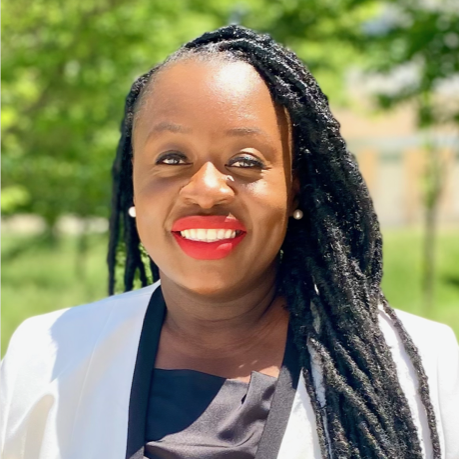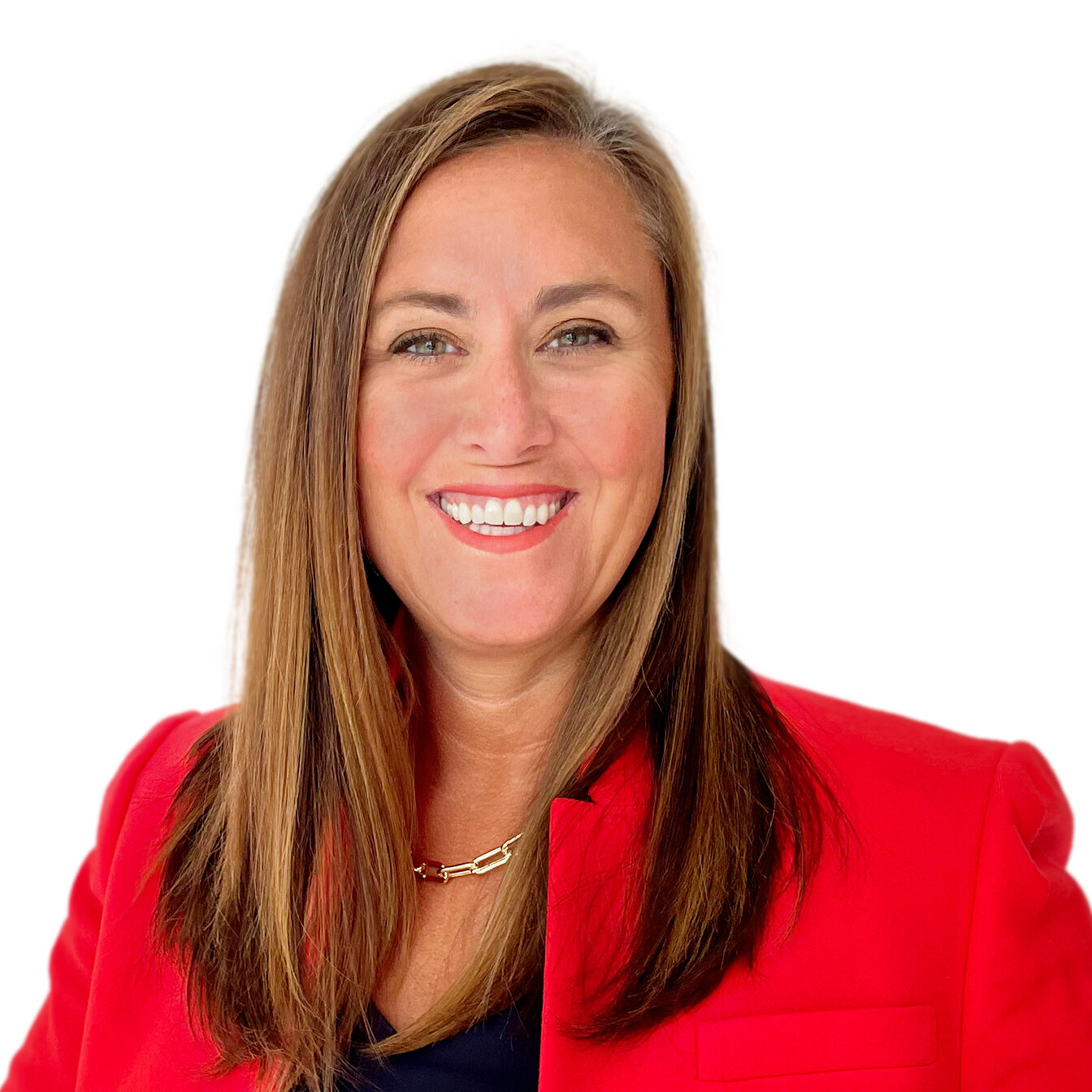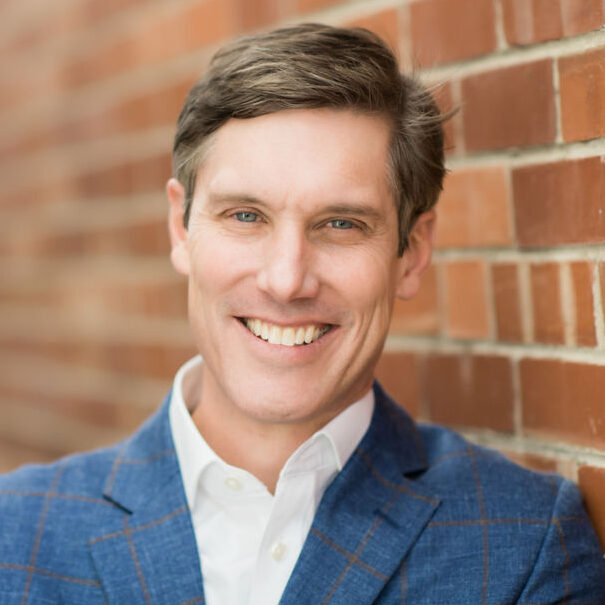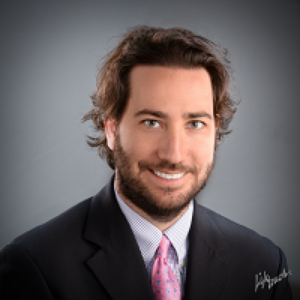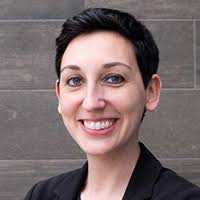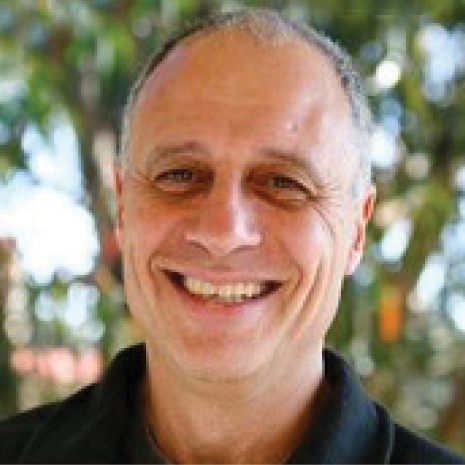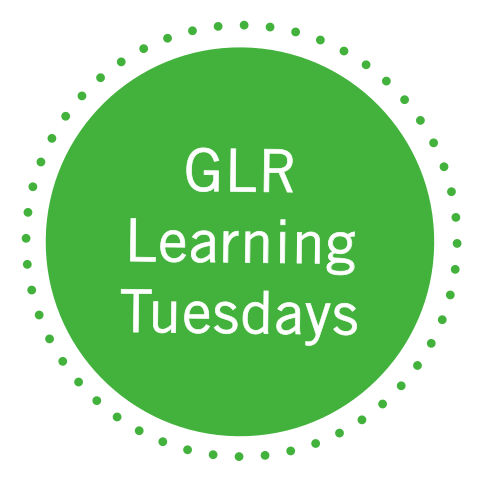
- This event has passed.
National Initiatives -> Local Impact: One Year In and A Strong Future
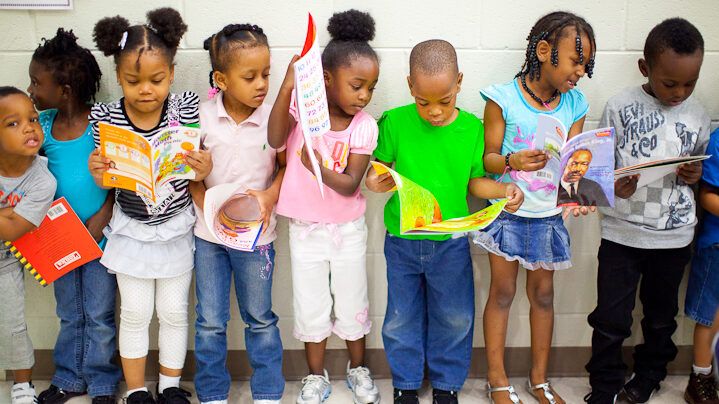
In this Learning Tuesdays webinar, we learned about the progress made in the past year on two national initiatives launched by the U.S. Department of Education in the summer of 2022. Last fall, we introduced both the National Partnership for Student Success (NPSS) and Engage Every Student to the GLR Network, and in this week’s webinar, we learned what has been accomplished so far and where the initiatives will go from here.
Moderator John Gomperts, Executive Fellow with CGLR, framed the discussion by taking a look at recent data from NWEA and the Education Recovery Scorecard indicating that, unfortunately, little to no progress was made in the 2022–2023 school year in terms of academic learning recovery. This data intensifies the urgency to deploy the proven-effective strategies that these initiatives are expanding in local communities, including tutoring, mentoring and coaching, along with afterschool and summer programming. Maureen Tracey-Mooney, NPSS Lead for the U.S. Department of Education, reviewed the five roles that the initiative is committed to multiplying in service of students (see slides) and shared evidence showing the impact of these roles. Here she touched on two of the five roles:
We took an evidence-based approach: a meta-analysis of high-quality tutoring programs found that these programs yield consistent and substantial positive impacts on learning outcomes, so that’s why we’re laser focused on high-dosage tutoring. Student success coaches are a hybrid tutor-mentor role, providing one-on-one tutoring, small group instruction as well as social-emotional skill building that we know are important. The evidence shows that schools that partner with success coaches are up to two to three times more likely to improve in English and math assessments.
In a newly released report, researchers analyzed survey data from the 2022-23 National Partnership for Student Success Principal Survey, which allowed them to estimate that an additional 187,000 adults provided high-intensity tutoring, mentoring, college and career advising, or wraparound supports in public schools during the 2022-23 school year, when compared to the 2021-22 school year. This represents significant progress toward the goal of recruiting an additional 250,000 into high-impact student support roles by summer 2025.
After hearing updates from Tracey-Mooney on NPSS and from Sheronda Witter, also of the U.S. Department of Education, about accomplishments of Engage Every Student, Gomperts moderated a robust discussion among national and local leaders from renowned tutoring and summer learning programs, along with a prominent philanthropic leader. This group reflected on the impacts they have seen on the ground, in local communities and across the country as a result of the two federal initiatives. Quality program delivery was a big topic in this conversation with panelists sharing that they have had the opportunity to co-design tools such as the “NPSS Voluntary Quality Standards” (see link below) and others that are being used in local communities. Gigi Antoni of The Wallace Foundation shared how important community partnerships are to achieving the quality programming needed:
What we have seen is a really interesting way that communities have taken what we know about evidence-based practices in out-of-school time and made them real in their communities. We know that if we want to move the needle for kids in out-of-school time, we have to have high-quality, academic instruction, and we have to have high-quality engagement. And we have to do that through partnerships in our communities. That’s where we have seen the needle move for kids when those elements are in place and that it takes a lot of effort to do that.
Thank you for joining this week’s learning and engagement opportunity. We hope it was productive for you and that you will plan to join us again for future opportunities. In particular, on September 19, we will be doing an even deeper dive into the data touched on by Gomperts.
Look back at last year’s conversations:
Panel
